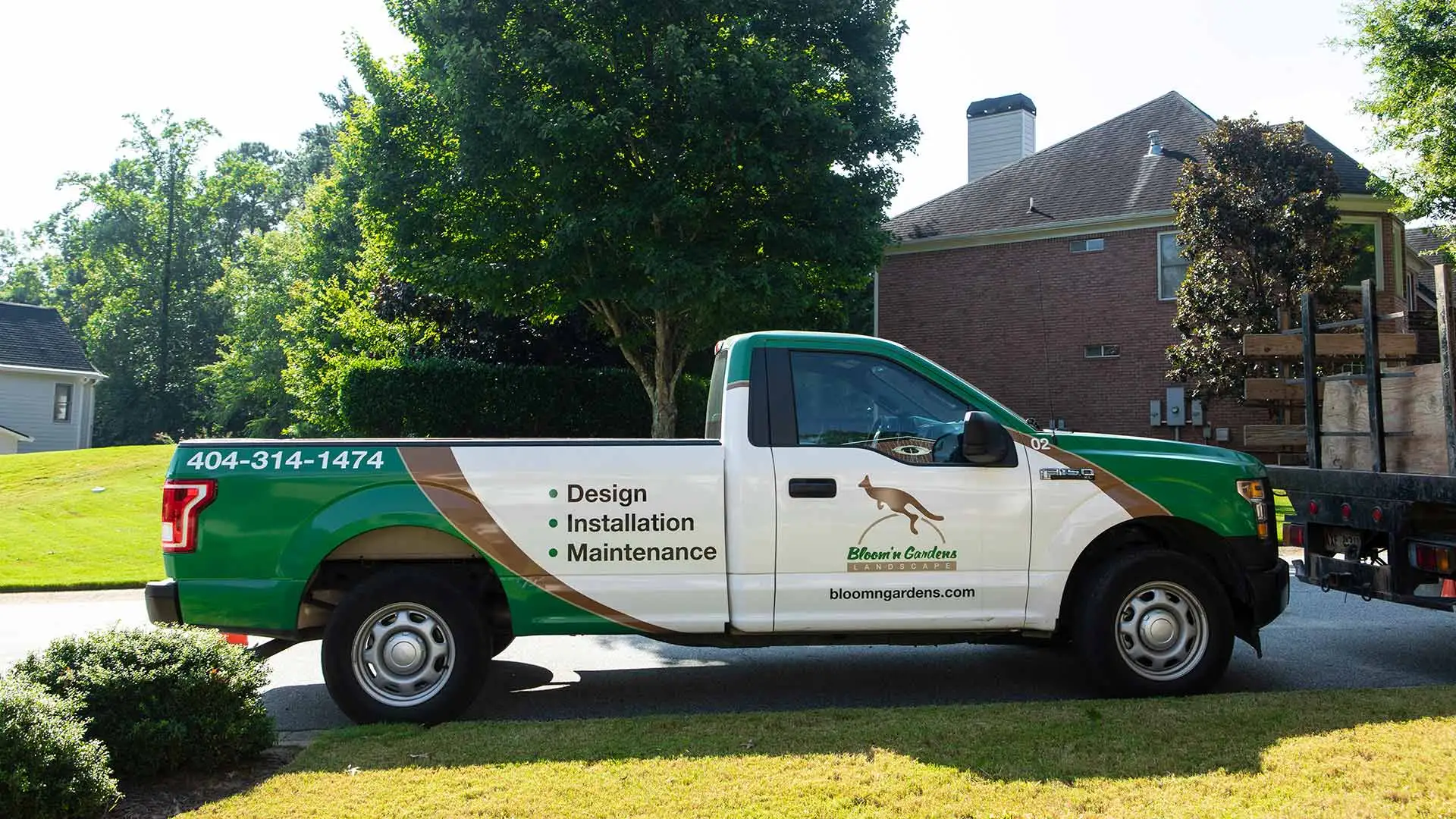 Do you love fresh veggies from the garden? I do. There is nothing quite like picking a ripe tomato straight off the vine, taste just like summer. …Yum! Vegetable gardening is an art that has seen some resurrection in the past few years. It seems like everyone is focused on eating healthy and saving money, which bodes well for backyard vegetable plots. Ask the old farmer when to plant a summer vegetable garden and he will tell you Mother’s Day. Why Mother’s Day you ask, that is around about the time the soil warms enough making it hospitable for seeds to germinate and roots of transplants thrive and grow. More technically, for summer vegetables, the soil temperature should be about 60oF.
Do you love fresh veggies from the garden? I do. There is nothing quite like picking a ripe tomato straight off the vine, taste just like summer. …Yum! Vegetable gardening is an art that has seen some resurrection in the past few years. It seems like everyone is focused on eating healthy and saving money, which bodes well for backyard vegetable plots. Ask the old farmer when to plant a summer vegetable garden and he will tell you Mother’s Day. Why Mother’s Day you ask, that is around about the time the soil warms enough making it hospitable for seeds to germinate and roots of transplants thrive and grow. More technically, for summer vegetables, the soil temperature should be about 60oF.
Speaking of transplants, how do you usually get your seedlings? Is it from the hardware or big box store? Maybe the feed and seed? This year I challenge you to start your own seeds. Really, it isn’t that difficult and you will be well rewarded with extra jangle in your pocket, as well as some really cool varieties that are not your run of the mill. Starting seeds indoors is quite simple; you only need a few items. First of all you need some small pots, nothing fancy, no need to buy anything special, unless, of course, you want to. I like to use egg trays, or egg shells themselves work pretty cool. You can also use the pots your pansies came in last fall, just rinse them in a little bleach water to rid them of any unwanted pests.
Next you need the seeds themselves. If you are really into cool varieties, you can get these from seed catalogs online or in print. Many of the basic seeds can be found at a local store. Heck since you are not buying transplants there, you might as well buy your seeds from them, got to keep the economy rolling right. If you are particularly thrifty though, you might have a friend that will share some saved seeds. Most heirloom seeds will germinate true to type. The first go around, seeds can seem a little pricey, but with proper storage you can use the left over seeds for a few years with minimal impact to the germination rate. When in doubt, always perform a germination test before you get started.
Another key component is seed starting medium. This isn’t any old dirt from the back yard…..Noooo!!!!! Seedlings lives are at risk from the moment they germinate, they fight exposure to fungi and bacteria found in the soil, air, and water and the quality of the seed mix helps them to battle these outside forces. The first commandment of seed starting is “Always start each season with fresh seed starting mix.” You can buy seed starting mix or make your own, your choice. Basically seed starting medium is a combination of peat and good compost. Note: there is not dirt in seed starting medium.
The last two ingredients are light and water. Lots of bright light is important for seeds to get a running start and not get too spindly. If you only are growing a few plants, you can put them by a sunny window, but many gardeners find that artificial light is necessary to grow the amount of plants they need to outfit their gardens. Water is the last component, plants are mostly water and will require lots of water to germinate and grow. Until seedlings emerge you will want to put a clear cover on your seed trays to trap moisture. If you are using a seed starting tray it probably came with some sort of cover, otherwise, I like to use clear plastic baggies that can be tied to hold the moisture, effectively creating a mini green house.
Once you have all of the components put together, grab the kids, set up a station and go to town planting seeds. Your seed package will tell you all about when to start your seeds and the number of weeks needed to transplant. Then follow the second commandment of seed starting “Check your seeds daily to watch for germination and sufficient moisture.” In all likelihood, you will surely be rewarded by all the effort.



Comments (0)
Thanks for your comment!
Thanks for your feedback! Your comments have been successfully submitted! Please note, all comments require admin approval prior to display.
Error submitting comment!
There is a problem with your comment, please see below and try again.